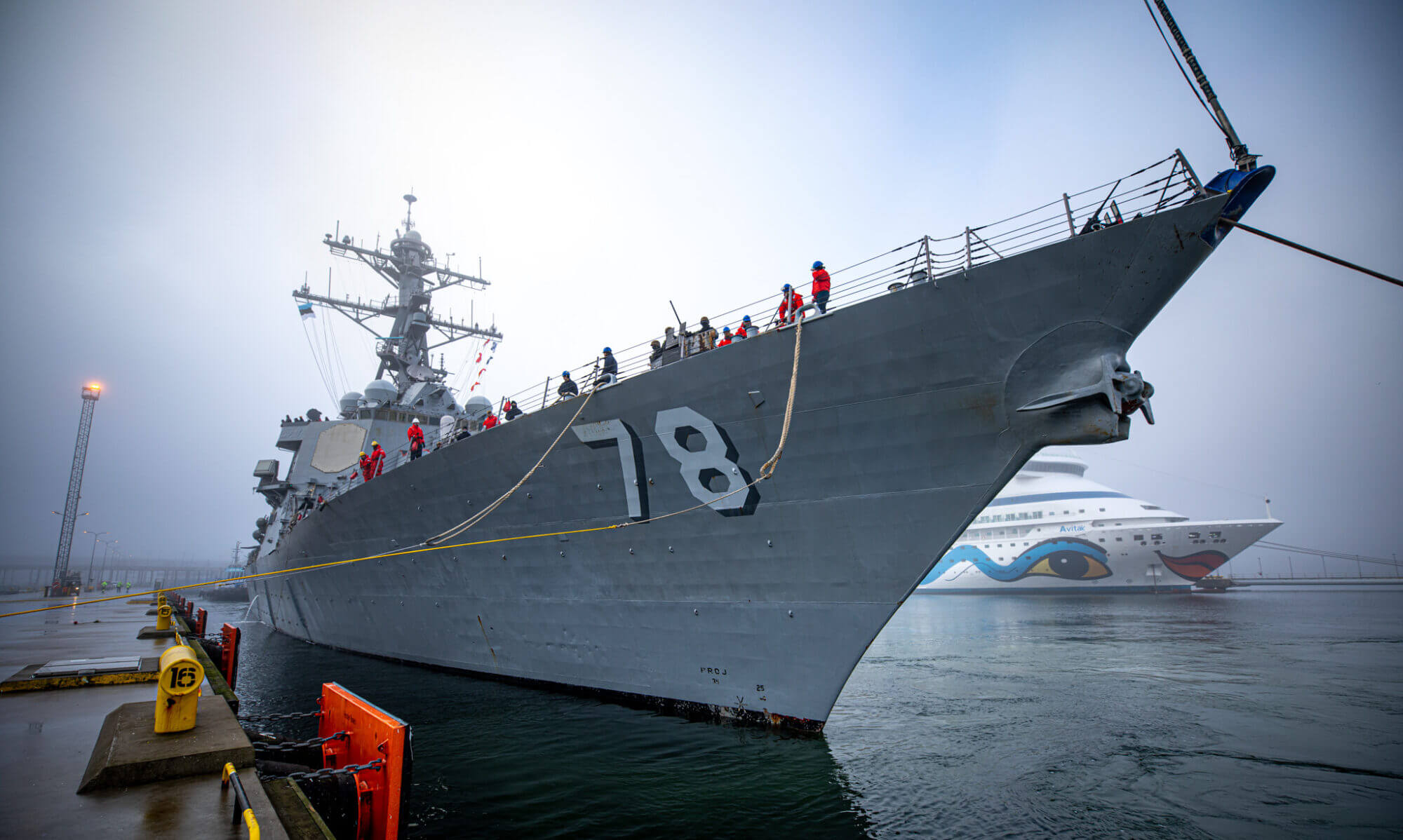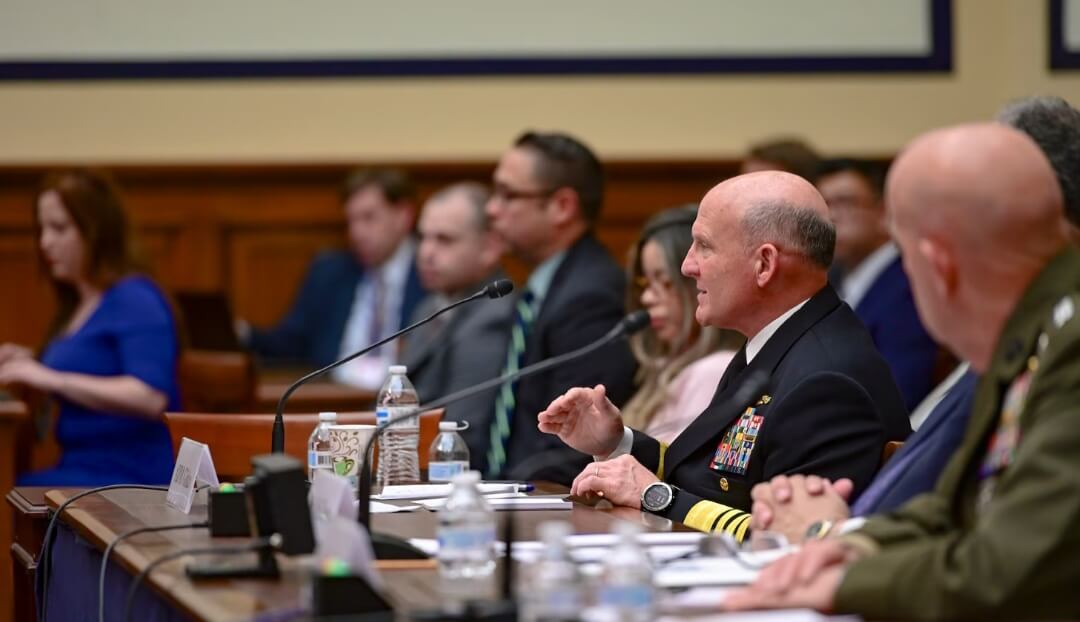
Introduction
As we continue charting the course of the U.S. Navy’s future, we set sail into a sea of critical decisions. Well, today we focus on – the contentious debated divest-to-invest strategy. The Navy proposes to decommission certain vessels to free up resources for advanced capabilities, but Congress has its own course to chart. Let’s navigate these turbulent waters and explore the implications for the Navy, potential challenges, and the long-term impact on U.S. naval power.
What You Need to Know
At the heart of the debate is the Navy’s proposal to decommission 19 ships, including 10 before reaching their expected service lives. These ships may include cruisers, dock landing ships, and littoral combat ships (specific details are still being verified with Navy contacts). The Navy argues that divesting from older vessels will free up resources for investments in newer technologies and capabilities, better positioning the Navy to address evolving global threats. This divest-to-invest strategy, however, has faced opposition from some members of Congress.
Several lawmakers have voiced concerns about specific aspects of the plan. For instance, Rep. Joe Courtney (D-CT) expressed worries about reducing the number of Virginia-class attack submarines, emphasizing the need for a larger submarine fleet in the face of a growing Chinese navy. Sen. Angus King (I-ME) highlighted the importance of icebreakers for operating in the Arctic Ocean.
Lawmakers have also been critical of the proposed decommissioning of cruisers and other vessels, citing their combat capabilities and missile power. These concerns have sparked debates between Navy officials and Congress, highlighting the complexities of balancing fiscal constraints with the need for a modern and effective fleet.
We are reaching out to Navy contacts to verify the complete list of proposed decommissionings and will update this post with any further information.
Why This Matters
The divest-to-invest strategy is not merely a budgetary concern; it’s a reflection of the Navy’s vision for future warfare readiness. The Navy argues that investing in newer, more capable vessels is essential to address evolving global threats, particularly a rising China, effectively. While the Navy’s proposal is part of the Fiscal Year 2025 budget plan, Congress has yet to decide on its implementation.
Implications for the Navy
For the Navy, the proposed decommissioning represents a shift towards a leaner, more technologically advanced fleet. It’s a move that could enhance the Navy’s combat power and operational agility but also requires careful consideration of the costs associated with maintaining older ships versus investing in new ones. Additionally, recent reports indicate delays in the construction of new ships, which could further complicate the implementation of the divest-to-invest strategy.
Implications for Congress
Congress faces the challenge of balancing the strategic needs of a larger fleet with the economic impact of decommissioning on shipyards and communities. Lawmakers must weigh the Navy’s arguments against the potential loss of jobs and the broader economic repercussions.
Challenges in Implementing the Divest-to-Invest Strategy
While the divest-to-invest strategy offers a potential path towards a modernized fleet, challenges remain in its implementation. A recent article from Breaking Defense highlights concerns from Congress about the divestment of ships exceeding the number of new ships being built. This raises questions about the Navy’s ability to maintain a sufficiently sized fleet in the short term.
The article also mentions the Navy’s request for only one Virginia-class submarine in FY25, despite previously planned purchases of two. This points to broader challenges in shipbuilding, potentially impacting the Navy’s ability to deliver on its long-term goals.
Conclusion
The debate over the Navy’s divest-to-invest strategy is more than a fiscal discussion; it’s a strategic deliberation that will shape the future of U.S. naval power. As the Navy and Congress navigate these turbulent waters, the decisions made today will have long-lasting implications for national security, economic stability, and the Navy’s ability to fulfill its mission in an ever-changing global landscape.
Call to Action
We encourage our readers to stay informed about this important issue. Follow along for updates on the budget proposal and Congressional hearings as continue . We also invite you to share your thoughts and questions about the divest-to-invest strategy by joining the discussion on our social channels by clicking here for Facebook.


